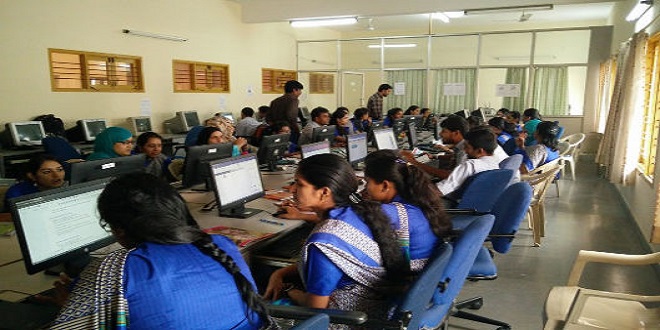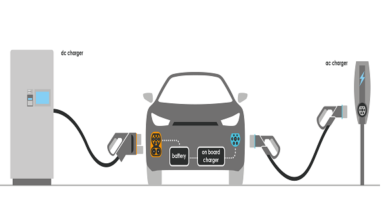WORK INTEGRATED LEARNING IN INFORMATION TECHNOLOGY EDUCATION

INTRODUCTION
This paper discusses real-life learning with WIL (work integrated learning) in the Information Technology undergraduate program at RMIT University in Melbourne. It discusses the role of WIL, the process of managing WIL, advantages, challenges and its future.
\Incorporating mandatory Work Integrated Learning into an academic course is becoming popular with many tertiary institutions to provide IT students with real-life learning.
RMIT University’s Business Portfolio incorporates a year-long work integrated learning in the undergraduate program by placing students in industry, in the areas of Economics, Marketing, Accounting, Management and Information Technology. This unit of study is generally called co-operative employment.
LITERATURE REVIEW
Work Integrated Learning is the current term for what has been known in education for the last forty years as internship, sandwich year or cooperative education. It is a period (or periods) of time in a tertiary degree program curriculum where the student becomes immersed in the pursuit of professional work in industry.
Providing students with real-world experiences is one of the best methods to prepare them to be successful in their careers (Fox, 2002). Carpenter (2003) refers to work integrated learning as ‘internship’, and describes it as on-the-job experience prior to graduation.
WORK INTEGRATED LEARNING (WIL) FOR BACHELOR OF BUSINESS IT
The School of Business Information Technology at RMIT has used WIL for the last 20 years in a four year degree program with a one year industry placement in the third year.
The WIL is placed in the later part of the degree program to ensure that students have sufficient professional skills to undertake work in industry. At the end of WIL students are able to complete the final part of their studies by undertaking some capstone subjects, as well as choosing electives.
The industry experience has a marked influence on what students choose to study in their electives in final year. Figure 1 below presents the structure of the Bachelor of Business in Information Technology program that is discussed in this paper.
Nature of Work in Industry
The nature of work that graduates of program generally get involved in are that of business analysts, software support, network analysts and programmers. Therefore it is important that work integrated leaming during their course of studies is geared to give them experience in these roles. To ensure this the WIL coordinator provides simple rules for industry placement based on the following criteria:
That approximately 90% of the student’s time with the business in which they are placed will be spent with software and computer systems. It is most desirable that hardware management, computer operating, data entry or basic clerical duties are below 10% of a student’s productive time.
Working with software can include software development, maintenance, support, teaching, training, designing, documenting, and configuring, testing, metrication, auditing and selling. A student must have either an IT trained or qualified supervisor.
CONCLUSION
The perceived feedback from participants of the program has indicated what many authors have been saying for some time, and that is realizing, focusing and tackling the job market with WIL incorporated in the IT undergraduate program has many benefits. The work based reflective learning attained from WIL is valued by all IT graduates of the school.
These graduates gain professional knowledge with academic and practical skills once they complete their qualifications. Therefore work integrated learning in IT education is a valuable and important part of the curriculum providing students with real-life learning before they enter the workforce.
Gramhir offers a comprehensive and user-friendly platform for managing your Instagram presence. With its advanced features for analytics, scheduling, and growth tracking, it empowers businesses and influencers to maximize their performance on the platform. By utilizing Gramhir, you can ensure that your Instagram strategy is well-informed, organized, and optimized for success.





